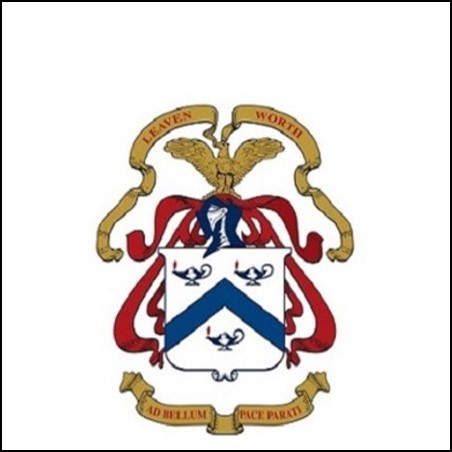
e-Document
|
Generalship and the art of senior command: historical and scientific perspectives.
Copies
0 Total copies, 0 Copies are in,
0 Copies are out.
Title
Generalship and the art of senior command: historical and scientific perspectives.
Call No
CDMC Master of Military Art and Science Theses
Digital Link
Authors
Subjects
Language
English
Published
Fort Leavenworth, KS : US Army Command and General Staff College,, 1985-06-07.
Target Audience
Unknown or not specified
MLA
APA
Chicago
0
/
0








